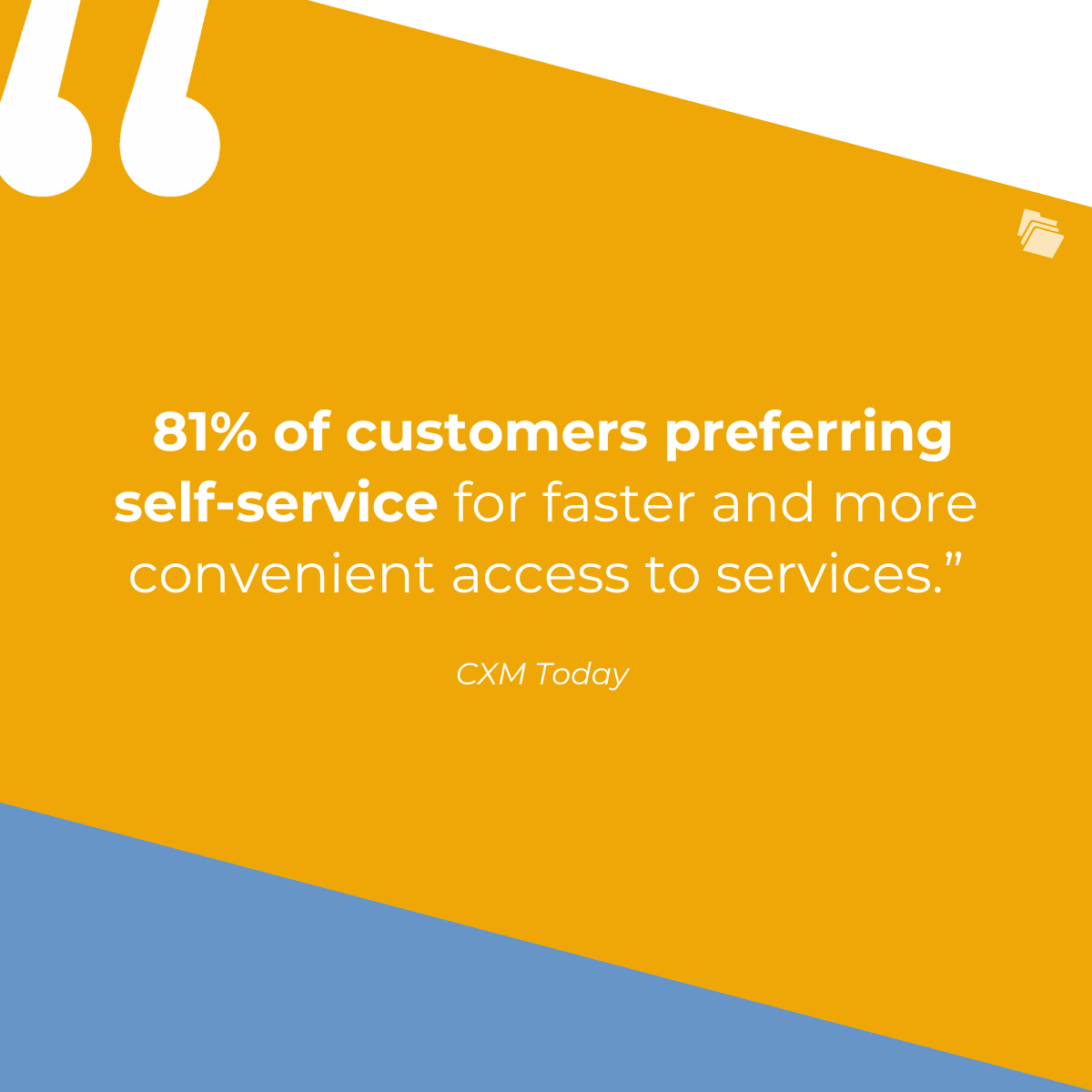In today’s fluctuating economic landscape, credit unions face significant pressures to manage rising costs while continuing to deliver the personalized service their members expect.
Operating expenses in credit unions increased by 6% year-over-year in early 2024, making now the time to streamline operations and uncover hidden efficiencies, especially within lending programs. Improving operational efficiency enables credit unions to minimize costs, enhance workflows, and improve return on assets (ROA).
This push for efficiency is part of broader industry trends, with 80% of financial institutions planning to increase technology spending to drive efficiency. By adopting digital solutions, credit unions can reduce manual tasks, improve member service, and effectively respond to evolving economic challenges. In doing so, credit unions can both save on operating costs and maintain high standards of personalized customer service. This guide covers five ways credit unions can achieve better operational efficiency.

1. Automate Document Collection
Automation tools quickly identify, validate, and categorize documents. This accelerates the loan process and reduces errors. In manual data entry processes, errors occur approximately 1%-5% of the time. With automated document validation, systems can minimize the chance for such errors and reduce associated business costs by 10%-50% by verifying details like:
- Names
- Dates
- Addresses
- Account numbers
Platforms with automated document collection enable clients to upload documents via secure portals, sending automated reminders for missing items and eliminating the need for manual follow-up.
By adopting automated document collection, banks benefit from reduced processing times and improved productivity. Additionally, fewer errors in data entry and more streamlined workflows enhance both compliance and customer satisfaction.
2. Use AI for Faster and More Accurate Loan Decisions
AI technology can streamline credit unions’ loan decision processes by making underwriting faster and more accurate. Automated underwriting systems, for instance, can process and validate a loan application in as little as 30 to 60 seconds, reducing approval times. Faster turnaround times keep customers happy and give your staff more time to work on client relationships.
Here are some of the key ways AI enables faster and more accurate loan decisions:
A) Automated data verification
AI algorithms cross-reference applicant data against credit and employment histories, reducing errors and manual review times.
B) Predictive analytics
By analyzing historical repayment behaviors, AI helps credit unions predict risk and determine loan suitability for each applicant. More accurate risk assessments result in lower default rates and a 15%-20% reduction in account validation rejections.
C) Enhanced fraud detection
AI can detect anomalies — such as unusual loan application patterns — and flag potential fraud before approval.
D) Real-time credit scoring
AI integrates data sources to provide real-time credit scores that update as financial behavior changes, offering a more accurate assessment of creditworthiness.
E) Natural language processing (NLP)
AI-driven NLP can extract critical data from documents automatically, eliminating the need for manual data entry. Additionally, NLP-enabled chatbots can help organizations cut support costs by 30%.
3. Embrace Digital Transformation for Better Member Experience
Digital transformation in financial services refers to the integration of digital technologies — such as data analytics, artificial intelligence, and automated systems — to improve operational efficiency and member experiences. For credit unions, digital transformation involves creating more accessible, efficient service channels, like:
- Mobile banking apps
- Personalized loan processing
- Automated customer service tools
By adopting these changes, credit unions can increase member satisfaction and reduce operational costs. Notably, digital transformation focused on customer experience can boost customer satisfaction by 20%-30% and provide economic gains of 20%-50%.
Credit unions often face challenges in implementing digital transformation, such as high initial costs and integrating new software with legacy programs — contemporary software, however capable it may be, can be exceedingly difficult and expensive to integrate with custom-coded proprietary software. Additionally, many credit unions may lack the technical expertise or resources required for a full-scale digital overhaul. However, as member expectations for seamless digital experiences continue to become the norm across industries, credit unions will need to prioritize finding the right tools to make it possible. Credit unions can get a solid foundation in digital transformation by investing in secure, user-friendly online platforms. A capable online banking platform will enable the use of data analytics for tailored financial products and AI-driven systems to handle routine queries.
4. Enhance Compliance and Risk Mitigation with Automation
Compliance and risk mitigation are crucial yet challenging aspects of financial services due to stringent regulatory standards. Financial institutions must navigate complex regulations and respond swiftly to regulatory updates to avoid penalties and protect their reputations. Compliance management is essential for preventing financial crimes like money laundering, fraud, and data breaches. However, managing compliance manually can be time-intensive and prone to human error, making it difficult to keep pace with constant regulatory changes.
Automation addresses these challenges by streamlining compliance and risk management processes. Automated compliance systems can cut regulatory reporting times by up to 60%, enabling financial institutions to handle regulatory updates with greater speed and accuracy. Automated systems can:
- Provide real-time monitoring
- Ensure consistent audit trails to make regulatory inspections smoother
- Issue automated notifications to appropriate staff when compliance lapses are detected
- Reduce compliance errors
AI-driven compliance tools also enhance risk mitigation by identifying patterns and anomalies within data, allowing financial institutions to respond proactively to potential threats. This approach helps lower the risk of fines from compliance lapses. Embracing automation in compliance transforms how financial services manage risk and adhere to regulatory standards, ultimately resulting in safer and more efficient operations.
5. Implement Member Self-Service Options
Implementing member self-service options is essential for credit unions to align with customer expectations and improve efficiency. Self-service in financial services enables members to independently perform tasks such as checking balances, applying for loans, and scheduling appointments through online portals or mobile apps. This approach meets growing consumer demand, with 81% of customers preferring self-service for faster and more convenient access to services.

Credit unions can adopt digital tools like:
- Secure mobile banking apps
- Comprehensive online knowledge bases
- NLP-powered chatbots to handle routine inquiries
These tools both increase customer satisfaction and reduce staff workload. Furthermore, technologies like interactive ATMs and video banking extend self-service options for tasks requiring additional guidance, making these solutions accessible to a wider audience.
How FileInvite Can Help
FileInvite offers an automated solution to streamline document management for credit unions, transforming how they collect, organize, and secure documents. By automating the document collection process, FileInvite enables credit unions to reduce manual efforts traditionally required for document tracking, follow-ups, and organization. This efficiency saves time and enhances accuracy, making compliance with regulatory standards more manageable. With FileInvite’s secure platform, sensitive documents are stored and managed with high-level security features, all meeting or exceeding industry compliance requirements.
FileInvite’s capabilities extend further to lending efficiency, where automation speeds up the loan application process by providing real-time updates and reminders for members. Automating these tasks reduces the manual workload on staff and helps ensure that all necessary documents are promptly received. The platform’s intuitive interface simplifies the document submission process for members, creating a user-friendly experience requiring minimal effort and interaction.
Request a FileInvite demo today.

Related Posts: